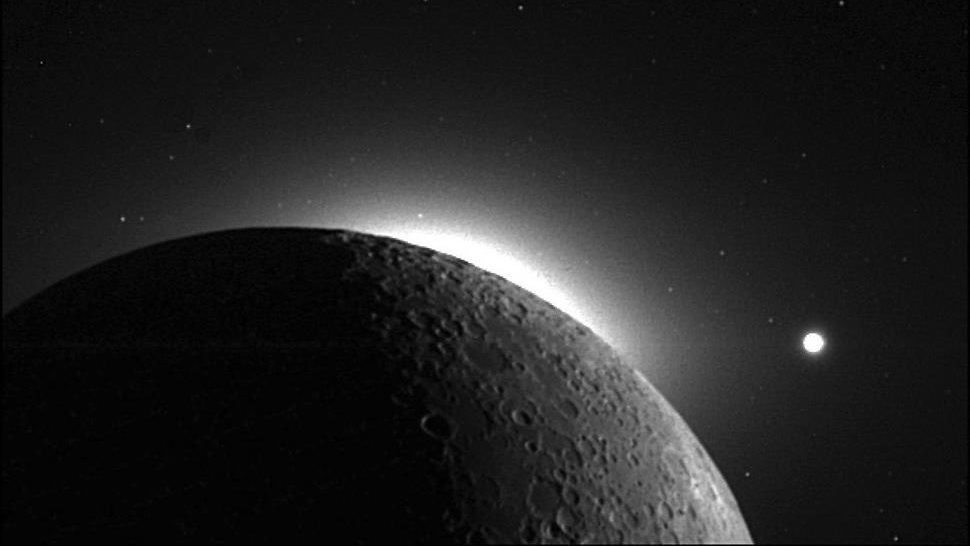Time Is Slowing Down
“Fossilized corals and lasers beamed at a receding moon have revealed that over the ages the length of time it takes Earth to spin once on its axis has increased significantly.”
Sign up for Big Think on Substack
The most surprising and impactful new stories delivered to your inbox every week, for free.
“Fossilized corals and lasers beamed at a receding moon have revealed that over the ages the length of time it takes Earth to spin once on its axis has increased significantly.” The report comes from Scientific American which notes that since 1972, 24 “leap seconds” have been added to Earth’s day; 350 million years ago, an Earth year was 385 days long, but the day measured 23 hours. “Hints of inconsistent Earthly timekeeping come through natural calendars preserved in fossils. Corals, for example, go through daily and seasonal growing cycles that form bands akin to growth rings in trees; counting them shows how many days passed in a year.”
Sign up for Big Think on Substack
The most surprising and impactful new stories delivered to your inbox every week, for free.



